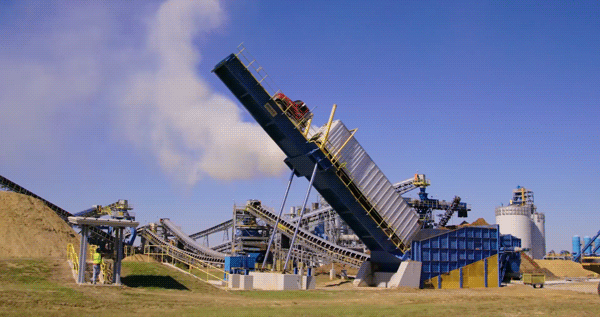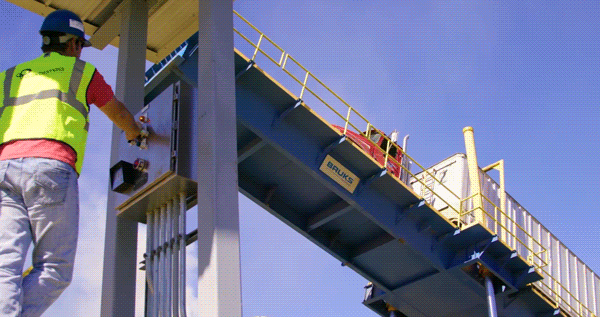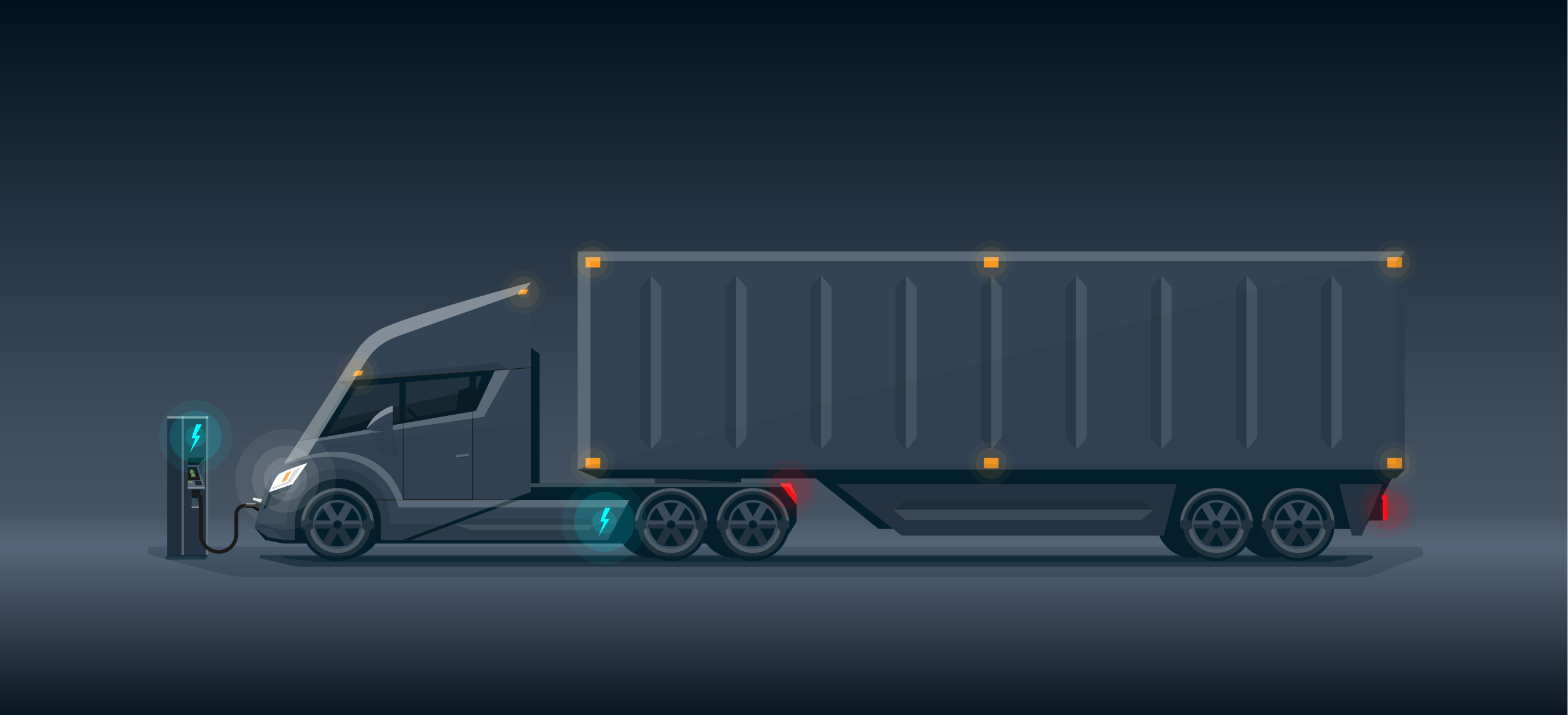
On a blacked-out stage, a blast of white light appears. Smoke floods out, music blares and an excited crowd surges forward, smartphones held aloft. It’s a moment of rapture – but this is not a theatrical or musical performance. This is the launch of an electric car.
Specifically, the launch of Tesla’s new electric roadster – which claims to be the fastest production car ever made. And while the sportscar may have been the undoubted star of the event, it wasn’t the only one unveiled. Tesla also launched an electric-powered articulated lorry – the Semi.
With governments around the world setting ambitious plans to ban the sale of petrol-and-diesel-only cars, the introduction of electric-powered utility vehicles – like Tesla’s truck – in a range of industries will be essential to a truly decarbonised transport system.
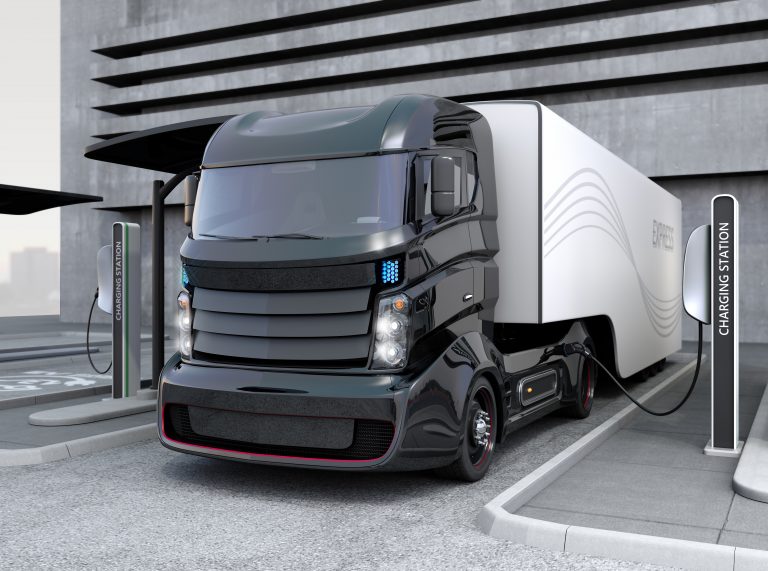
Disrupting trucking
Tesla’s heavy goods vehicle (HGV) highlights the growing capabilities of electric vehicles (EVs) to deliver more than just short, urban journeys. It claims its Semi will be able to travel 500 miles on a single charge (enough to get you from London to Edinburgh comfortably) and tow 40 tonnes of cargo.
Tesla isn’t the only player with electric big rig concepts – Los Angeles-based Thor Trucks, Daimler and Volkswagen have unveiled their own – but its ambitious 2019 production target makes it a more immediate possibility than any other in the space.
Despite media coverage claiming the Semi’s mega-charging capability breaks the laws of physics, big business is taking a sunny view of Elon Musk’s latest innovation. Walmart, which has been taking strides to reduce its emissions, has already pre-ordered 15 of the Semis. Delivery firm UPS has used small electric trucks in major cities for some years already – it has placed the largest order so far, for 125.
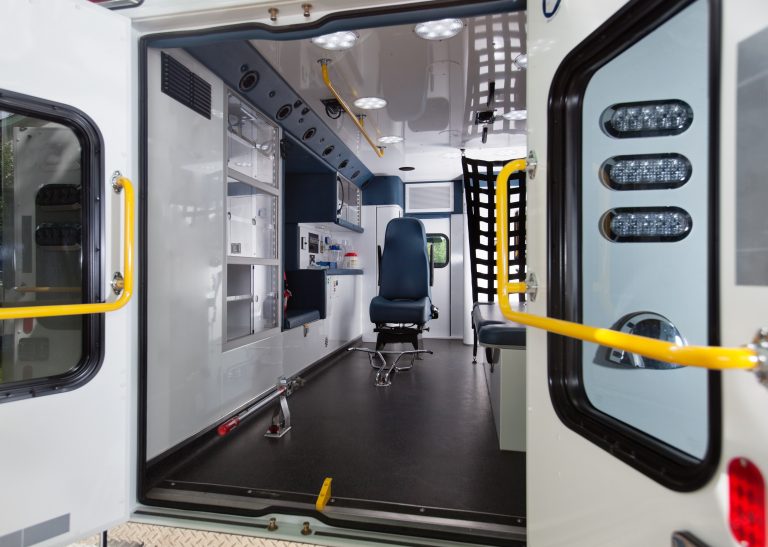
Electrifying emergency response
In the world of emergency services, quick response is vital. EVs, then, which have fast acceleration and are quick off the mark, are ideal candidates to deliver – especially as battery technology becomes more reliable and durable.
Health services in Nottingham have already been trialling electric-powered fast response vehicles, while in Japan, Nissan has unveiled an all-electric ambulance that carries a lithium-ion auxiliary battery to power medical equipment on board.
This on-board power supply is a further advantage of EVs, and one not just restricted to emergency services. Electric pickup truck maker Havelaar, for example, offers power outlets on its Bison vehicle for electric tools.
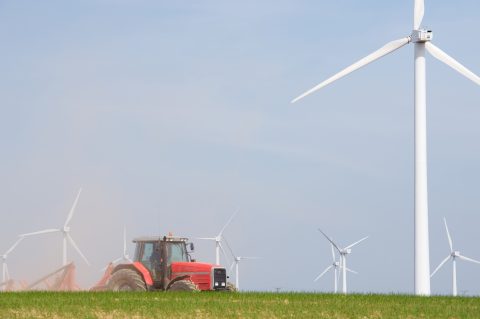
The future of battery farming
Out in the countryside, EVs are making waves in farming. John Deere has unveiled plans for fully electric tractors, claiming they require less maintenance and have a longer lifecycle than combustion engines.
With more than a third of UK farms generating their own power from solar, wind and even anaerobic digestion using farm by-products, there’s potential for farmers to charge tractors renewably and cut their fuel and charging costs.
More than just helping cut emissions and costs, there can also be performance benefits. Given their acceleration abilities, electric tractors are well suited to heavy pulling without revving up engines and churning up ground.
Joining HGVs and tractors in their ability to apply almost instant torque to heavy industrial jobs are e-Dumper trucks. The Komatsu quarry truck weighs in at almost 45 tonnes and claims to be the biggest EV in the world.
The economic advantage of electrification
Air pollution and greenhouse gas emissions are the main driving force behind many anti-fossil fuel regulations. However, research suggests decarbonising transport systems also have economic advantages for businesses.
A report by financial services firm Hitachi Capital found that switching vans and heavy goods vehicles (HGVs) to electric or other alternative fuels could save British businesses as much as £14 billion a year.
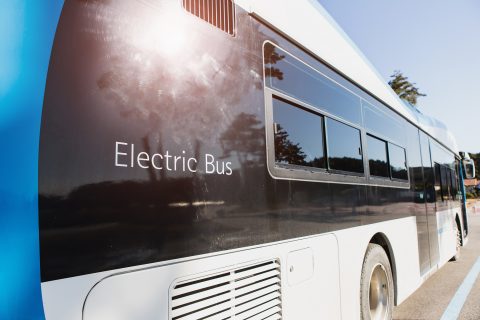
It claims EVs run at 13p cheaper per mile than diesel-fuelled vans, while HGVs are reported to be 38p cheaper. That adds up to total savings of £13.7 billion a year if all Britain’s commercial vehicles were switched.
The move to a fully electrified transport system is already underway. The number of registered electric cars increased by 280% in the UK over the past four years, according to the Hitachi report. The Chinese city of Shenzhen’s entire fleet of 16,359 buses has gone electric – a transition that began in 2009 and has been assisted by an 80% drop in the cost of a lithium-ion battery pack. According to Bloomberg New Energy Finance, China’s need for electric bus batteries is almost on a par to that of all global EV battery demand. China could be said to be driving the market.
EVs are undoubtedly cleaner when it comes to road-side pollution. However, the exponential increase in EVs will only benefit the fight against man made climate change if countries’ entire energy systems continue to decarbonise. Emissions-free vehicles will need to be powered predominantly by low carbon electricity for a more electric future to be a sustainable one.








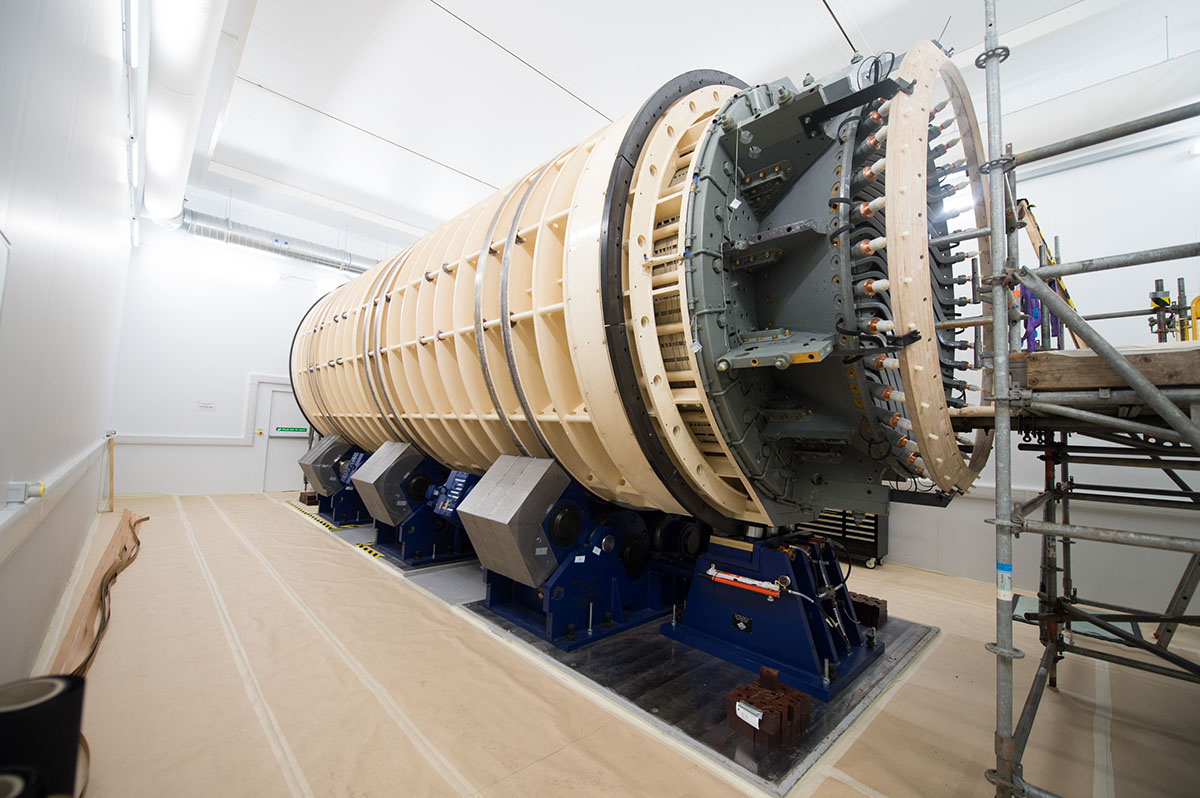
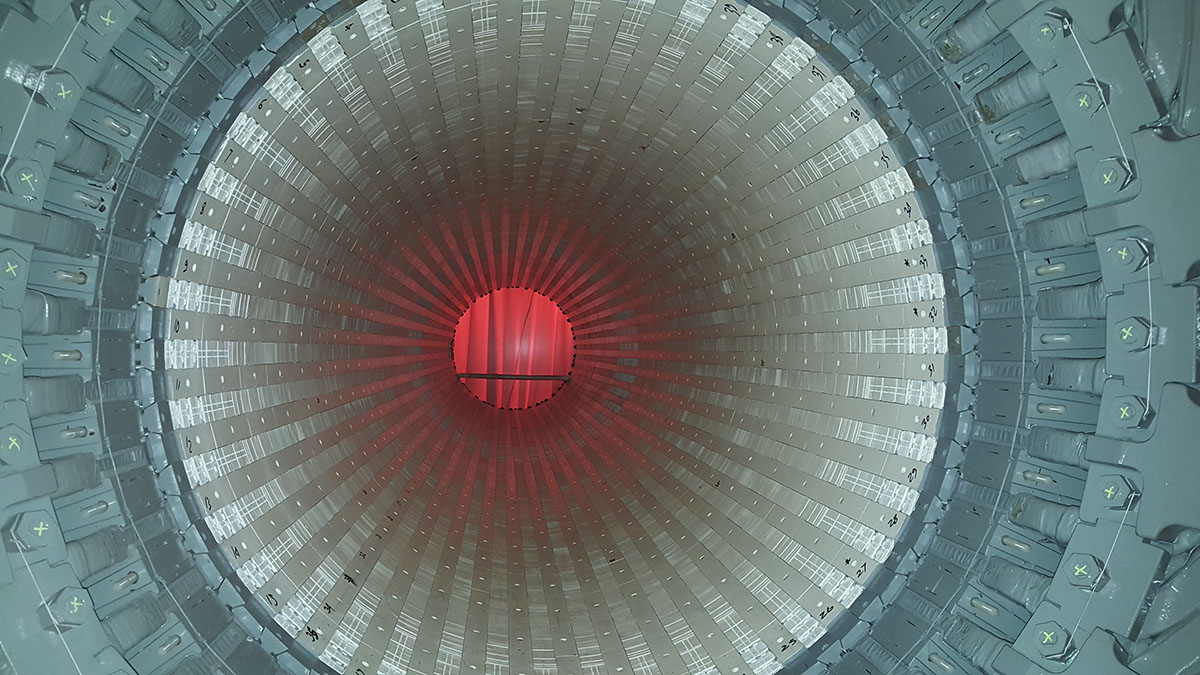


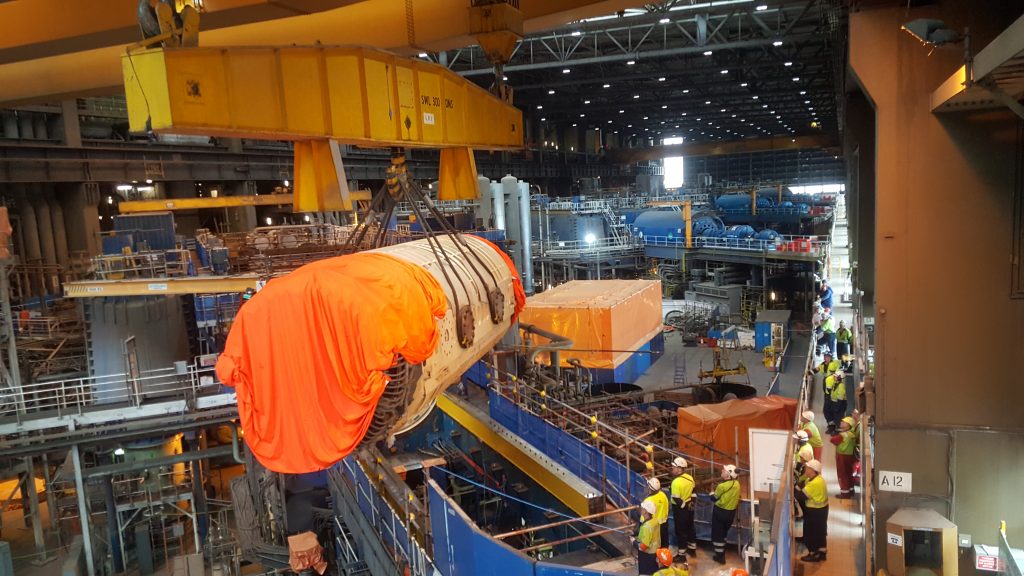

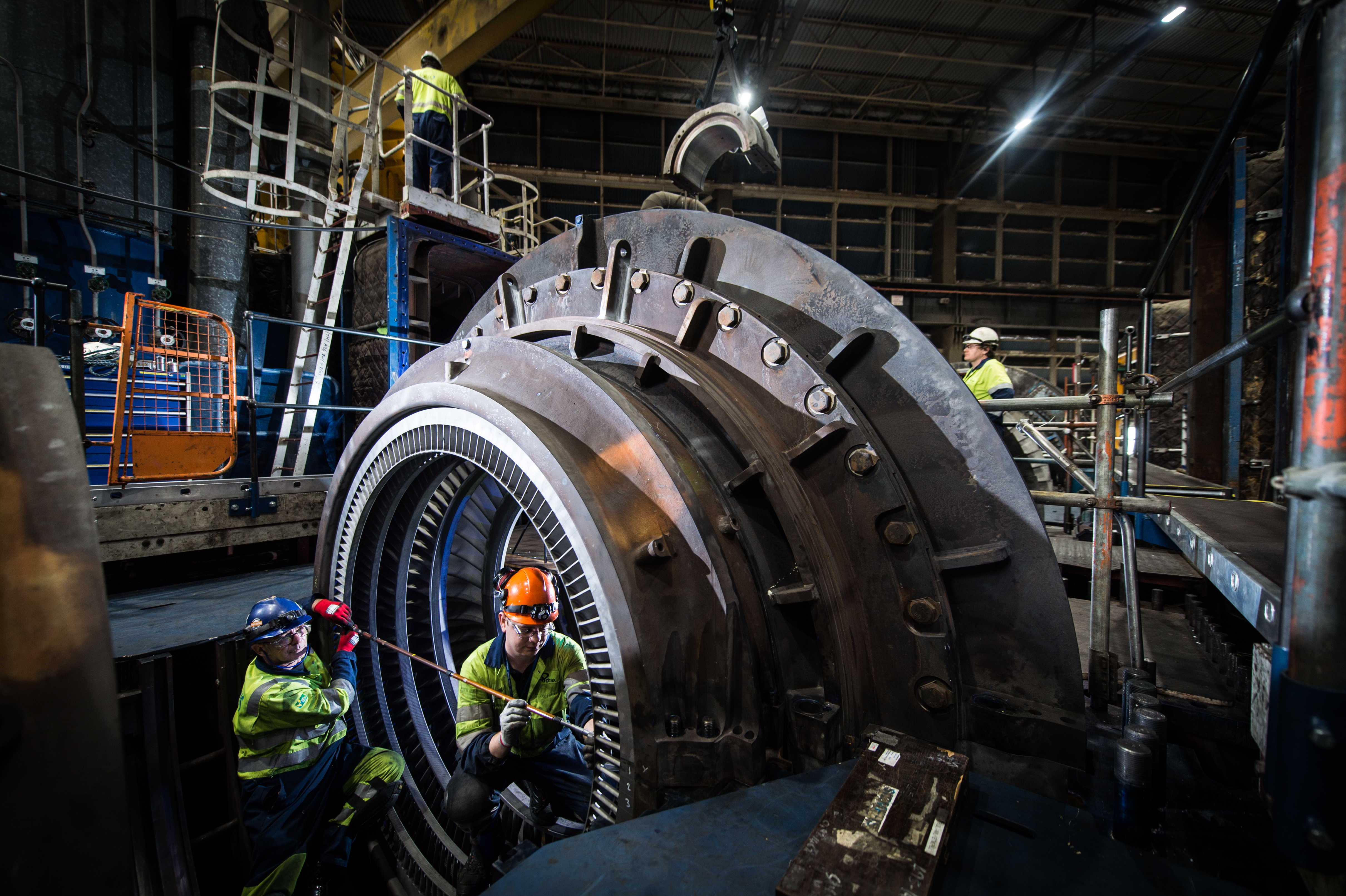
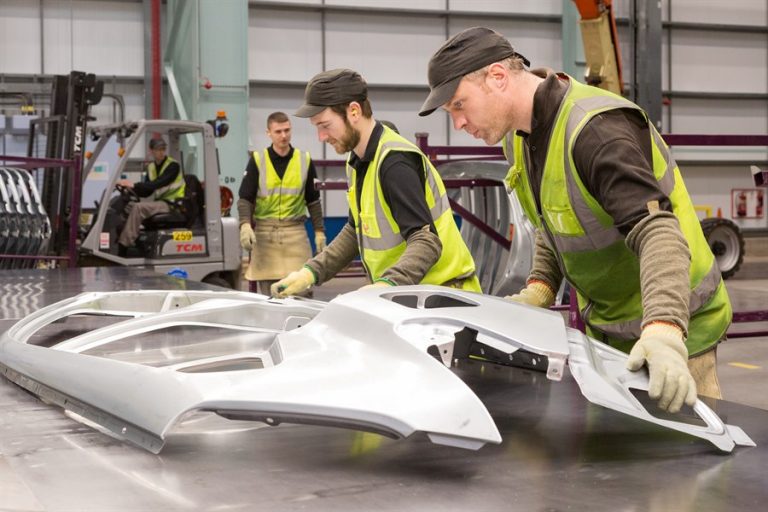
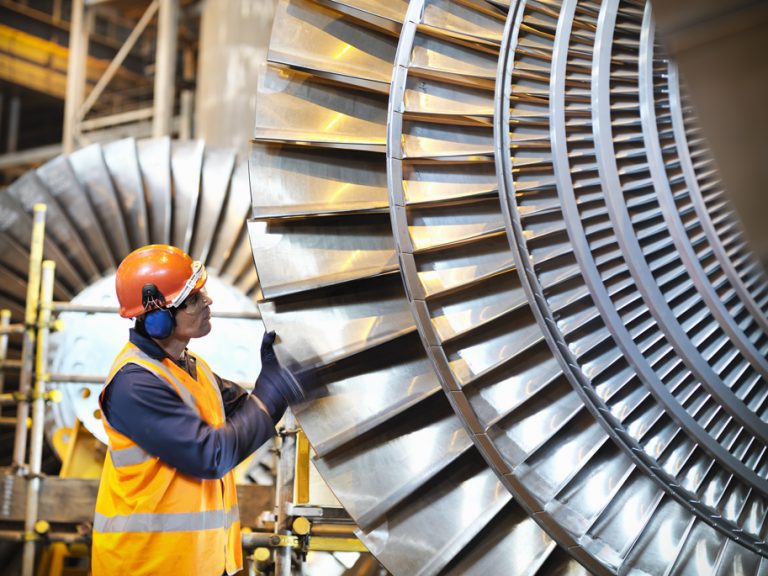







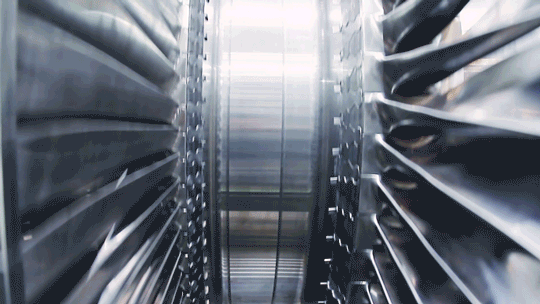
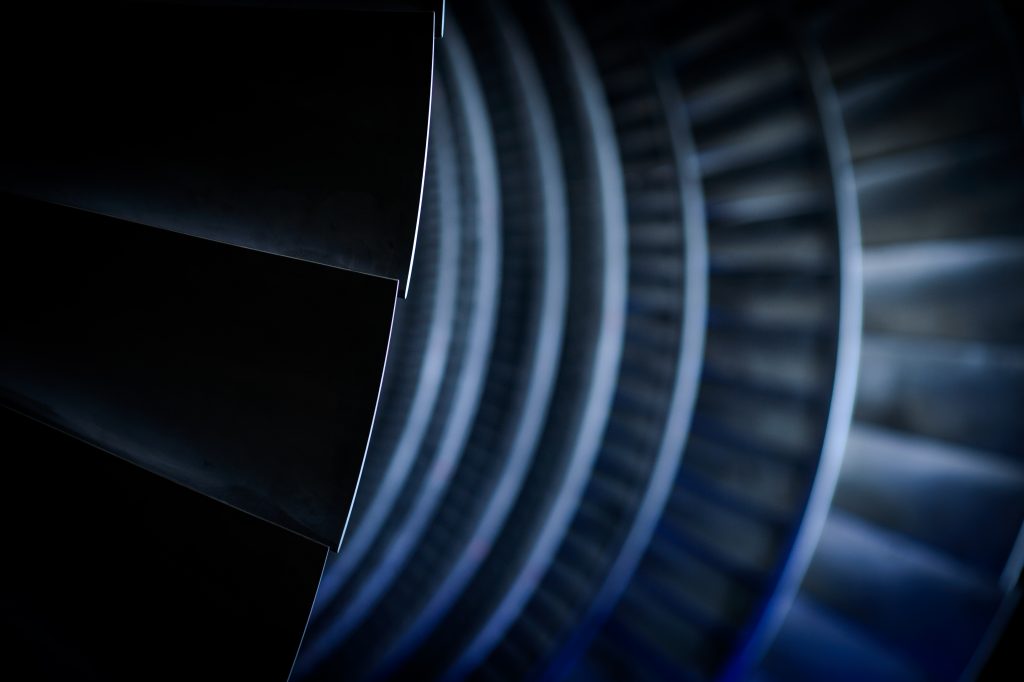
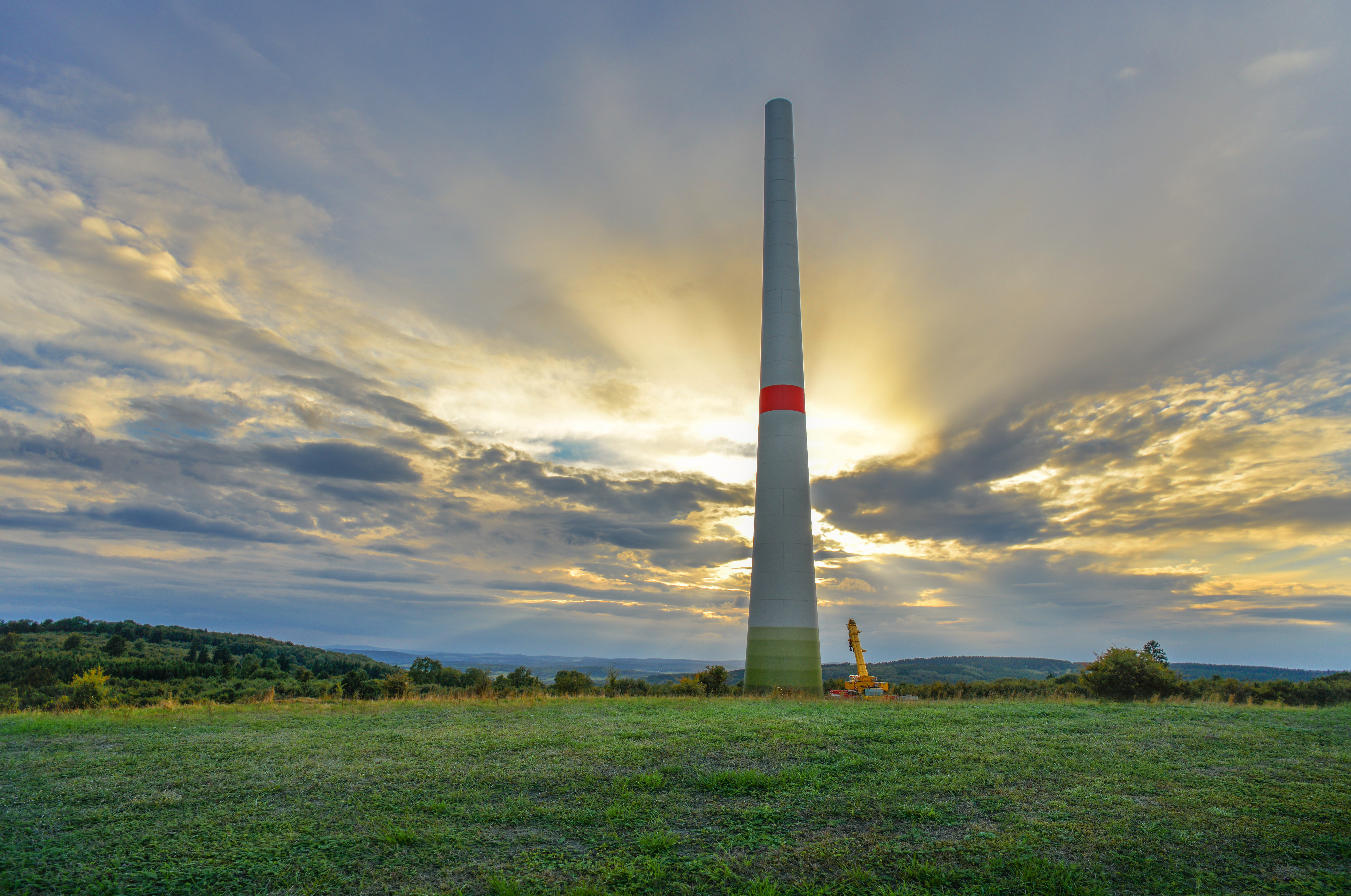
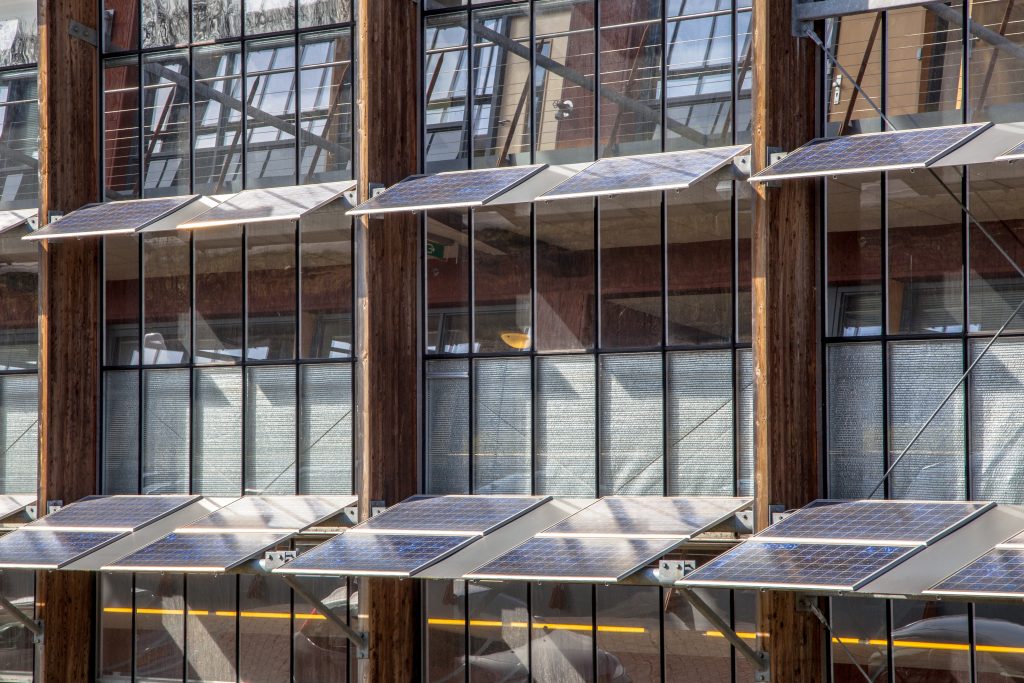 Homes that power themselves
Homes that power themselves
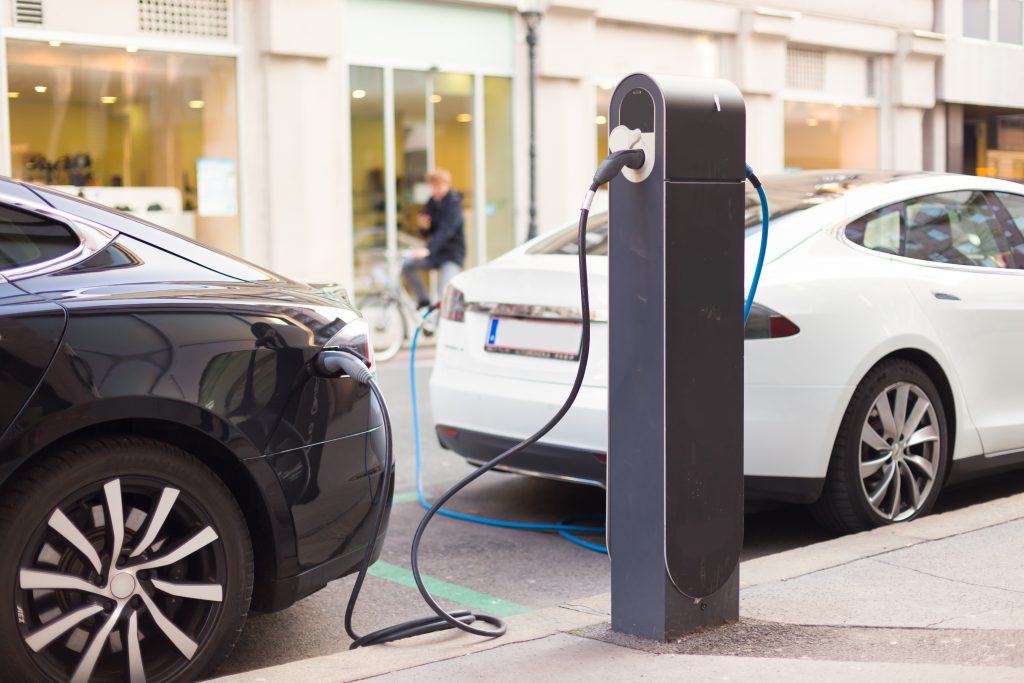 Bigger, more efficient batteries
Bigger, more efficient batteries




